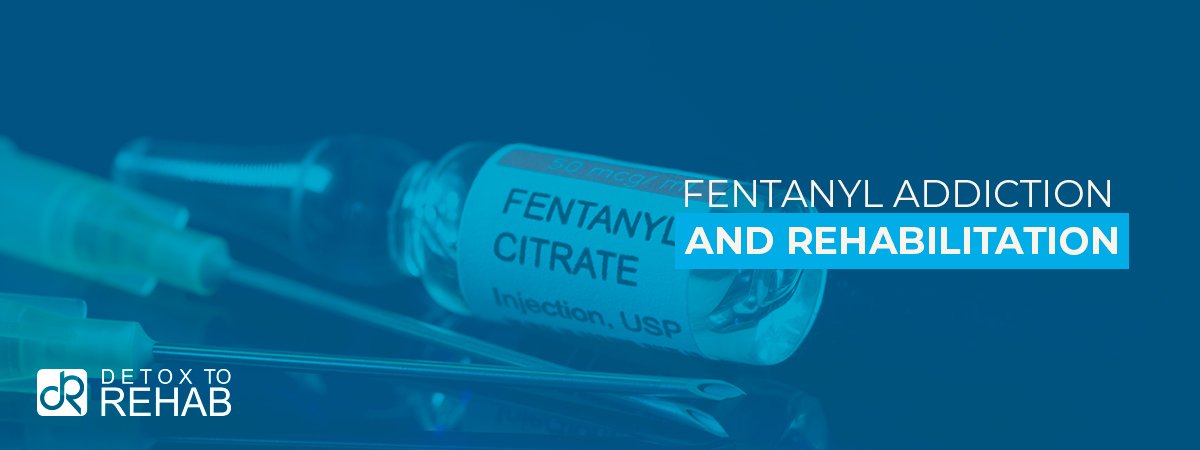

Fentanyl is not just another opioid — it’s one of the deadliest substances on the planet. Originally developed for severe medical pain, this synthetic opioid is up to 100 times stronger than morphine and 50 times stronger than heroin. Even a few grains — barely visible to the naked eye — can kill a person in seconds. Fentanyl addiction has fueled a national crisis, driving record-breaking overdose deaths across the United States and devastating families in every community.
According to the Centers for Disease Control and Prevention (CDC), fentanyl was involved in more than 70,000 overdose deaths in 2023, accounting for nearly 70% of all opioid-related fatalities. Its extreme potency means that many users never even know they’re taking it — street drugs like heroin, cocaine, and counterfeit pain pills are frequently laced with fentanyl to intensify the high and increase profits. But one mistake can cost a life.
Navigating This Guide
This hub page serves as the entry point for deeper exploration. Use the links below to dive into specific areas of Fentanyl addiction:
Street names for fentanyl include “Dance Fever,” “China Girl,” “China White,” “Apache,” “Tango & Cash,” “Goodfellas,” and “Murder 8.”
“The first time I took drugs, I was seeking peace. The second time, I was seeking escape. By the end, I was just seeking air.” — Unknown
This guide explores the dangers, signs, and recovery options for fentanyl addiction — and how fentanyl abuse treatment can help save lives before it’s too late.
What Is Fentanyl and Why Is It So Deadly?
Fentanyl is a synthetic opioid originally created to treat patients with chronic pain or to manage severe pain after surgery or cancer treatment. While it’s legal by prescription under strict medical supervision, most fentanyl deaths today involve illicitly manufactured fentanyl (IMF) — a street version made in labs and mixed into drugs without users’ knowledge.
Fentanyl binds to the brain’s mu-opioid receptors, flooding the brain with dopamine — the “feel-good” chemical responsible for euphoria and pain relief. This overwhelming effect quickly leads to dependence and addiction. Because the drug is so potent, even micrograms can suppress breathing, slow heart rate, and cause death.
The DEA reports that as little as 2 milligrams of fentanyl (roughly the size of two grains of salt) is a potentially lethal dose. Even touching or inhaling airborne powder can be dangerous, which is why first responders must use protective gear when handling overdose scenes.
Signs and Symptoms of Fentanyl Addiction
Recognizing the warning signs of fentanyl addiction early can save a life. Because of its strength, addiction can develop after just a few uses — sometimes even after one.
Physical symptoms include:
- Pinpoint pupils
- Drowsiness or confusion
- Nausea or vomiting
- Slowed breathing or heart rate
- Pale, clammy skin
- Slurred speech or poor coordination
Behavioral and emotional signs include:
- Intense cravings or inability to stop using
- Doctor shopping or obtaining pills illegally
- Isolation from loved ones
- Sudden financial or legal problems
- Depression, anxiety, or mood swings
- Risky behavior to obtain or use drugs
According to the National Institute on Drug Abuse (NIDA), fentanyl is one of the fastest-acting and most addictive opioids, with tolerance developing in just a few days of repeated use. That means users must take larger doses to feel the same high — a dangerous cycle that often ends in overdose.
The Dangers and Health Risks of Fentanyl Abuse
The effects of fentanyl are not just powerful — they are often deadly. Its extreme potency makes it nearly impossible for users to know how much they’re taking, especially when it’s hidden in other drugs.
Short-term dangers of fentanyl abuse include:
- Euphoria followed by severe drowsiness
- Confusion and dizziness
- Nausea, vomiting, or constipation
- Respiratory depression (slowed breathing)
- Loss of consciousness or coma
- Death from overdose
Long-term effects include:
- Severe brain damage due to oxygen loss
- Depression, anxiety, and insomnia
- Hormonal imbalance and fatigue
- Constipation and digestive issues
- Increased risk of overdose with each use
The CDC reports that most fatal overdoses now involve fentanyl-laced drugs, including counterfeit pills made to look like oxycodone, Xanax, or Adderall. These counterfeit pills are often pressed with unknown amounts of fentanyl, meaning a single dose can kill even experienced users.
Another major concern is polysubstance use, where fentanyl is mixed with stimulants like cocaine or methamphetamine. This combination confuses the body’s systems — the stimulant speeds up the heart while fentanyl slows it down — dramatically increasing the risk of cardiac arrest.
What Is a “Fentanyl Pop” and Why Is It So Dangerous?
A “fentanyl pop” usually means a fentanyl lollipop (brand name Actiq)—an oral stick of fentanyl citrate made for breakthrough cancer pain in people who are already opioid-tolerant. It dissolves through the mouth lining and hits fast. That speed and strength are the danger: fentanyl is about 50–100 times stronger than morphine, so even a small amount can slow or stop breathing. Misuse—sucking too quickly, chewing the whole dose, using it without a prescription, or mixing with alcohol, benzodiazepines (like Xanax), or other sedatives—greatly increases overdose risk. Counterfeit “pops” on the street may contain unknown, even higher doses. These products are not for opioid-naïve people. If you ever suspect an overdose (slow or no breathing, blue lips, won’t wake), call 911 immediately and use naloxone if available. Store any prescription fentanyl locked and away from children and pets.
Fentanyl Abuse Treatment and Recovery
Despite the immense danger of fentanyl addiction, recovery is possible with comprehensive, evidence-based care. Because withdrawal can be severe and cravings powerful, quitting cold turkey is both painful and dangerous.
Fentanyl withdrawal symptoms include:
- Muscle pain and cramps
- Nausea, vomiting, or diarrhea
- Anxiety and restlessness
- Sweating and chills
- Insomnia and fatigue
- Intense drug cravings
Withdrawal usually starts within 6–12 hours after the last dose and peaks within 2–3 days, though psychological symptoms can last for weeks or months.
Step 1: Medical Detox
The first step in recovery is a medically supervised detox, where healthcare professionals monitor the body’s reaction and provide medication to ease withdrawal symptoms. Medication-Assisted Treatment (MAT) is often used to reduce cravings and stabilize brain chemistry.
Common MAT medications include:
- Buprenorphine (Suboxone): Eases withdrawal and reduces cravings.
- Methadone: Provides longer-lasting relief and prevents relapse.
- Naltrexone (Vivitrol): Blocks the effects of opioids, preventing a high.
Step 2: Rehab and Counseling
Once detox is complete, rehab helps individuals understand the root causes of addiction and develop healthier coping mechanisms. Effective treatments include:
- Cognitive Behavioral Therapy (CBT): Helps identify triggers and build resilience.
- Dialectical Behavior Therapy (DBT): Teaches mindfulness and emotional regulation.
- Group and Family Therapy: Rebuilds relationships and support systems.
- Holistic Approaches: Incorporate mindfulness, exercise, and nutrition for full-body recovery.
Step 3: Aftercare and Relapse Prevention
Long-term recovery requires ongoing support. Outpatient therapy, sober living programs, and community groups like Narcotics Anonymous (NA) can provide accountability and connection. According to SAMHSA, people who engage in continuing care after rehab are 60% more likely to maintain sobriety long-term.
True Stories of Addiction: Hope Beyond Fentanyl
At Detox to Rehab, we believe every recovery story matters. Our True Stories of Addiction series features real people who have survived opioid and fentanyl addiction and found new purpose in life.
In one powerful episode, “Michael Discovers Lifesaving Recovery,” a man shares how he escaped the grip of addiction and now helps others find hope through recovery.
(Embed video: “Michael Discovers Lifesaving Recovery – True Stories of Addiction”)
Hearing these stories reminds us that even in the darkest moments, there is a path forward — and that recovery is possible for everyone.
Take the First Step Toward Recovery
If you or someone you love is struggling with fentanyl addiction, don’t wait — every moment counts. Fentanyl is incredibly unpredictable, and one more use could be fatal. But there is hope, and treatment can save lives.
“Rock bottom became the solid foundation on which I rebuilt my life.” — J.K. Rowling
Search our treatment directory or call our confidential 24/7 helpline at (866) 578-7471 to connect with compassionate addiction professionals who can help you find detox, rehab, and recovery programs.
You don’t have to face fentanyl alone. Help is here — and healing starts today.








